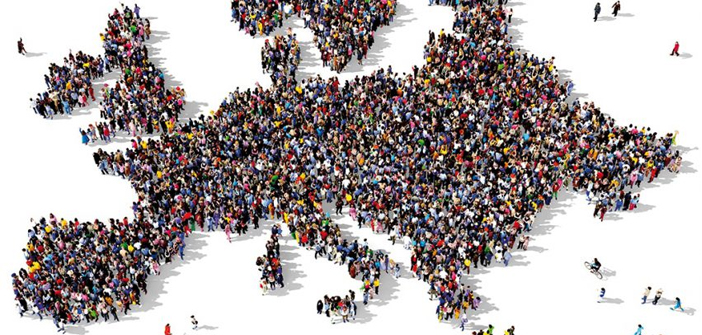The aging of Europe is a demographic and societal phenomenon characterized by a decrease in the fertility rate, a decrease in the mortality rate, and a growing life expectancy in Europe.
In France, the number of seniors will increase by 5 million over twenty years. The number of centenarians will rise from 14,000 to 33,000 over the same period and to nearly 200,000 in 2060 (predictions), knowing that there were only 100 in 1900 and 8,000 in 2000! Many will spend more time in retirement than in employment. Without modifying the current system, who will pay for the pensions, the deficits, the debts?
Aging could be the foundation for development opportunities if it were well “utilized.” That is not the case in the majority of European countries, although there are significant variations.
The Organisation for Economic Co-operation and Development (OECD) estimates that only 39% of Europeans aged between 55 and 65 are working. If the prediction regarding the increase in the average European age is accurate, Europe’s economic production could radically decrease in the next forty years.
The Economic Policy Committee and the European Commission have issued a report estimating that the working population of the European Union will decrease by 48% between 2018 and 2050, while the elderly population will increase by 58 million, or 77%. As for the U.S. Census Bureau, it estimates that by 2030, the working population of the European Union will decrease by 14% and its consumption capacity will decrease by 7% over the 30 years (2000/2030).


